Mark Frost and David Lynch - Twin Peaks: The Return - 2017
Seascapes, Avant-Garde Scrub editing and Transcendental Electricity in Part Three
Purple burst of liquid light transcends to Sugimoto / Vija Celmins / Michael Snow like
Seascapes with a bass heavy oceanic drone not unlike Thomas Köner. Nearness & Infinity.
Hiroshi Sugimoto Lake Superior, Cascade River - 1995
Vija Celmins Untitled Ocean - 1970
Michael Snow Wavelength - 1967
Scrub editing by Duwayne Dunham and David Lynch. I have never seen editing quite like this. The edits move freely through the shots like a scrubbing tool or a disc jockey scratching a vinyl record, back and forth, sometimes fluid, sometimes not. Visual ellipsis, like parts of the film got destroyed and edits needed to be made (P. Adam Sitney on the films of Joseph Cornell). In addition; foreign shots are added in, interrupting and causing havoc, in these already scrubbed moments. Scrubs go between being smooth and hypnotic to jarring and nearing out of control. This editing effect is used to an astounding effect in Part Eight, especially around the gas station/convenience store, but basically introduced in this section with Cooper and Naido. One of the outstanding achievements in this new series is the disorienting editing techniques used. People disappearing in flickers also appears numerous times. The history of avant-garde film has unconventional editing techniques more commonplace; works by Kurt Kren, Saul Levine or Peter Kubelka, but here the subtleties and complexities of this scrub technique (for lack of a better word) is quite novel. In addition, seeing these techniques in television is really quite crazy even with all the unconventional tv of the day.
If one looks close at these techniques an attempts a description; we start a slow zoom into a character (Naido), with edits here and there to remove frames, interrupted with reversing back to a previous part of the zoom, again interrupted with edits. Camera movements and hard cuts between different camera set ups further extend this technique. The overall feeling of a solid decision is present, no randomness… this decision adds such gravity to the editing. Lynchian drones and Badalamenti melodies are an undercurrent to this fuckery and slowly Electricity makes itself present (last image) which has such a profound presence in this 18 hour work.
As we exit to the cosmic bell, the sound design is beyond sophistication, with distorted banging and drones followed by sonic electricity, then to near silence as Naido falls into space (second image).
Vija Celmins Night Sky #2 - 1991
Vija Celmins Night Sky #18 - 1998
Jules Janssen Photograph de la surface solaire * - 1884
Ernest Mouchez La Photographie astronomique a l'observatoire de Paris - 1887
The scenes of Cooper and Naido in space resonate quite clearly for me as I am a follower of artist's and scientists depicting space, like Vija Celmins and early cosmos photography (see Dans le champ des étoiles. Les photographes et le ciel, 1850-2000).
James Turrell Meeting at MoMA PS1, photo by Chi Yun
Post cosmos, we enter a James Turrell like interior, which leads us back to Electricity (third image) and a lovely ring-like tone to a deep drone.
Images of Electricity
Face and body morph as Cooper moves through the outlet, rendered even more otherworldly with scrub editing. Electricity further manifests itself with Mr. C, and then he barfs black corn Garmonbozia.
Dougie Jones electrical disintegration in the Red Room reminds of Hans Holbein anamorphic painting The Ambassadors from 1533. The strange and often times childlike special effects throughout the 18 part series are so very beautiful and novel. They are mostly very painterly, like Dougie Jones appearing as black smoke in the Rancho Rosa empty house fuck pad; Jade gives two rides (third image).





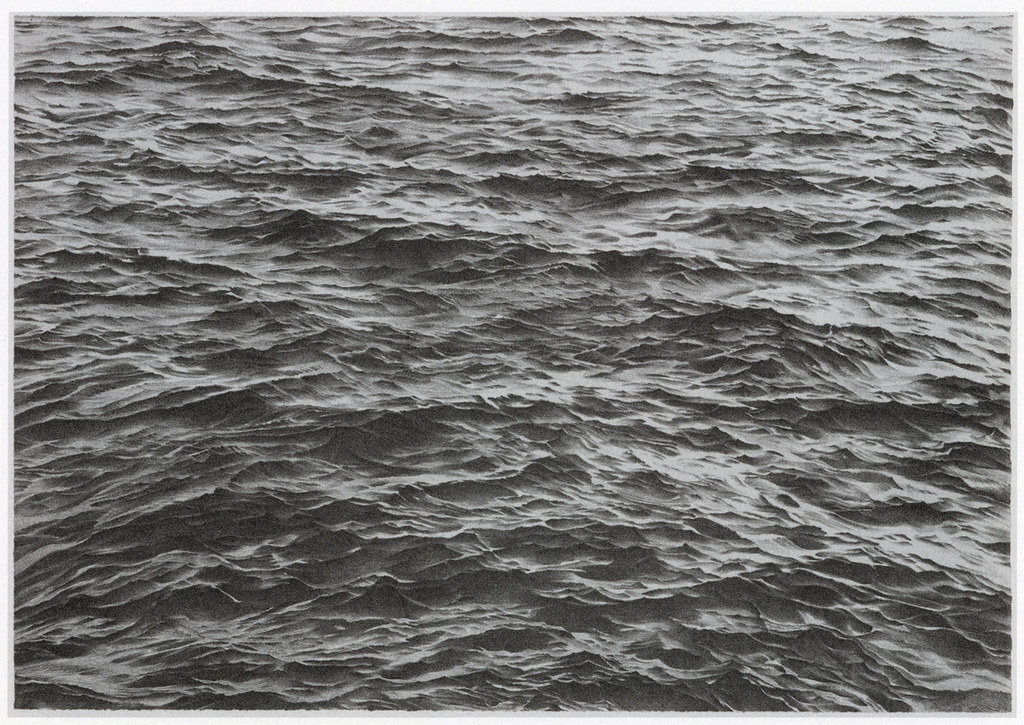
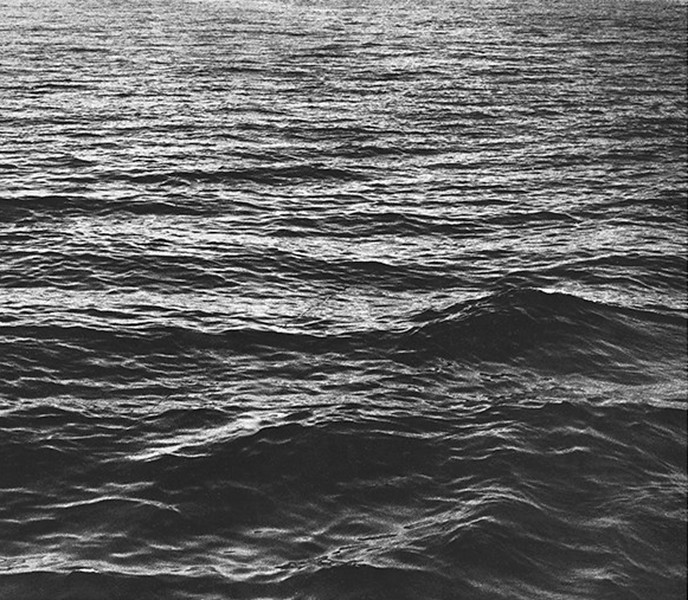


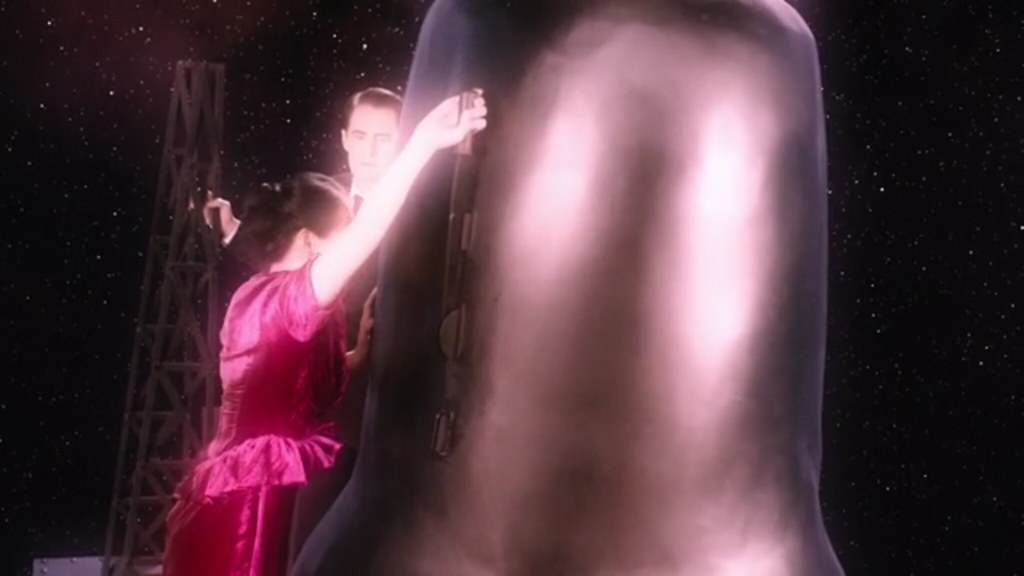

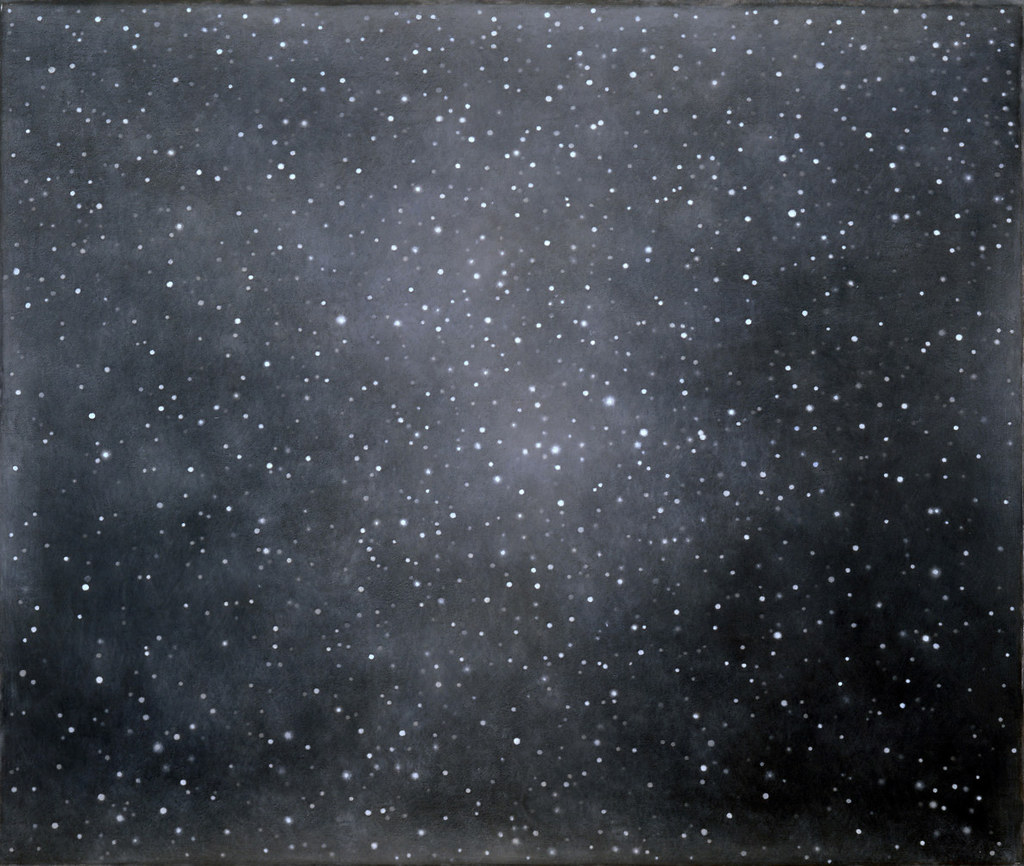


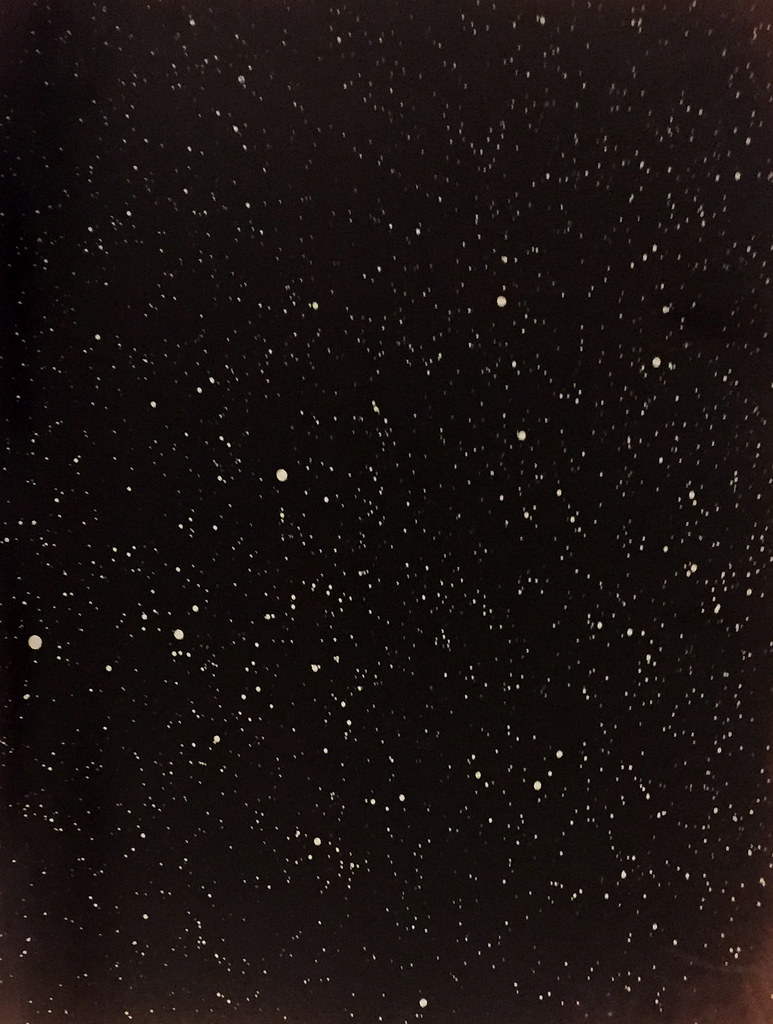
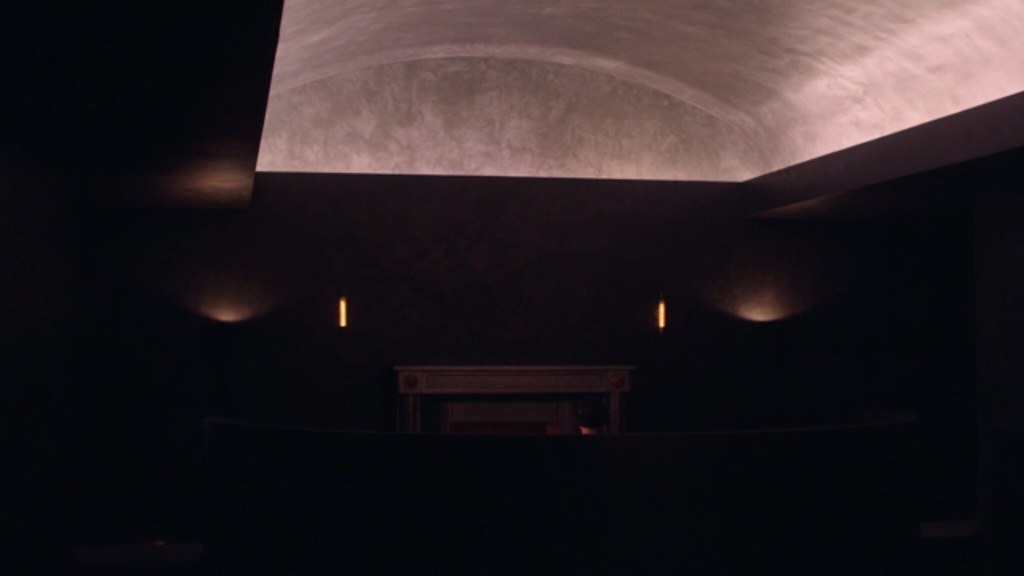

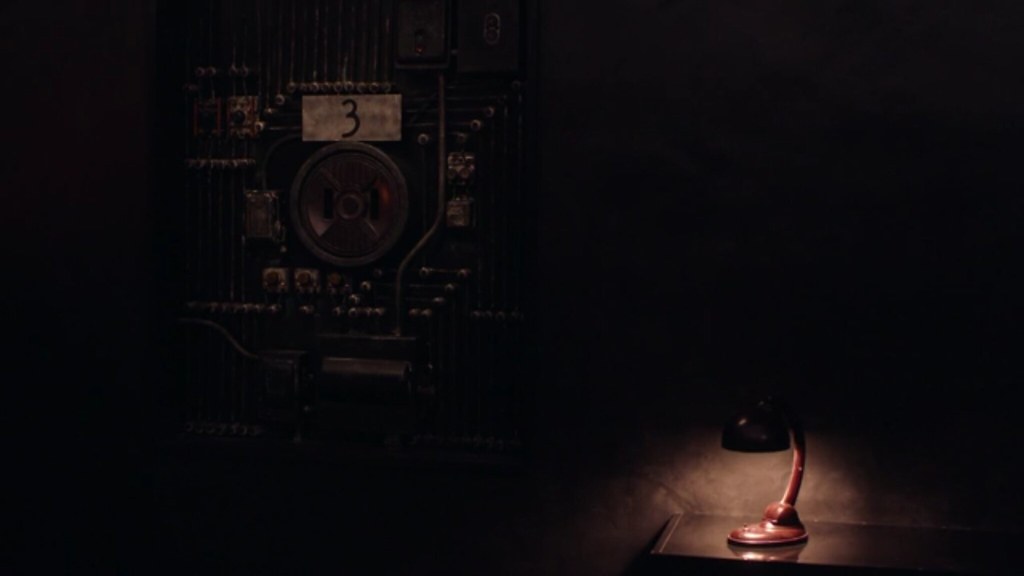
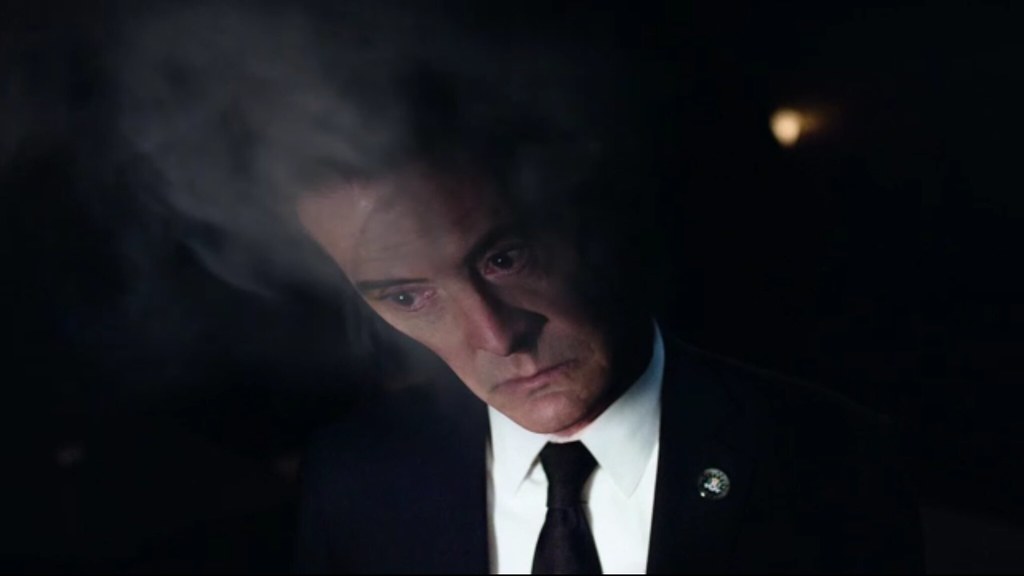
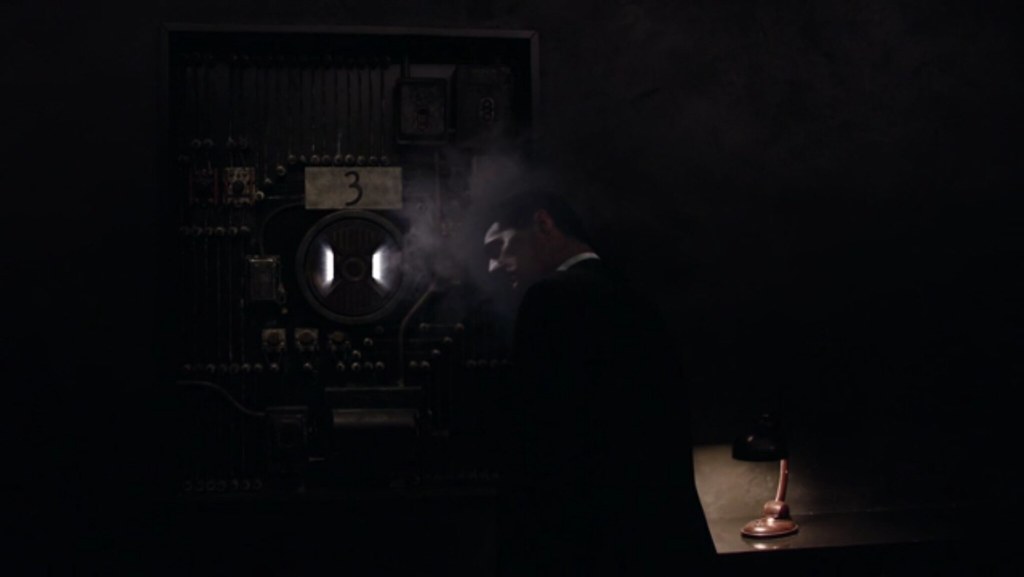
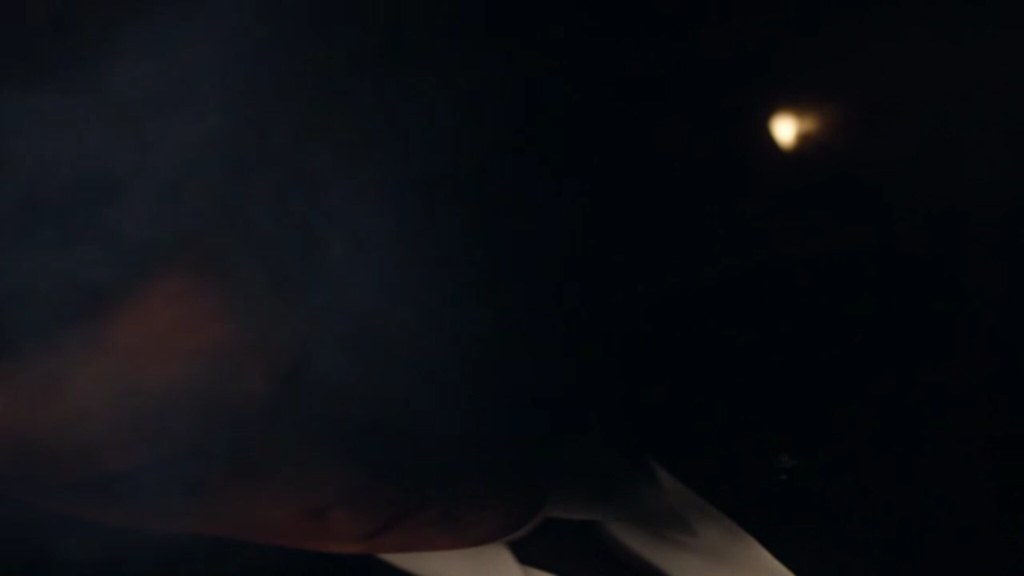


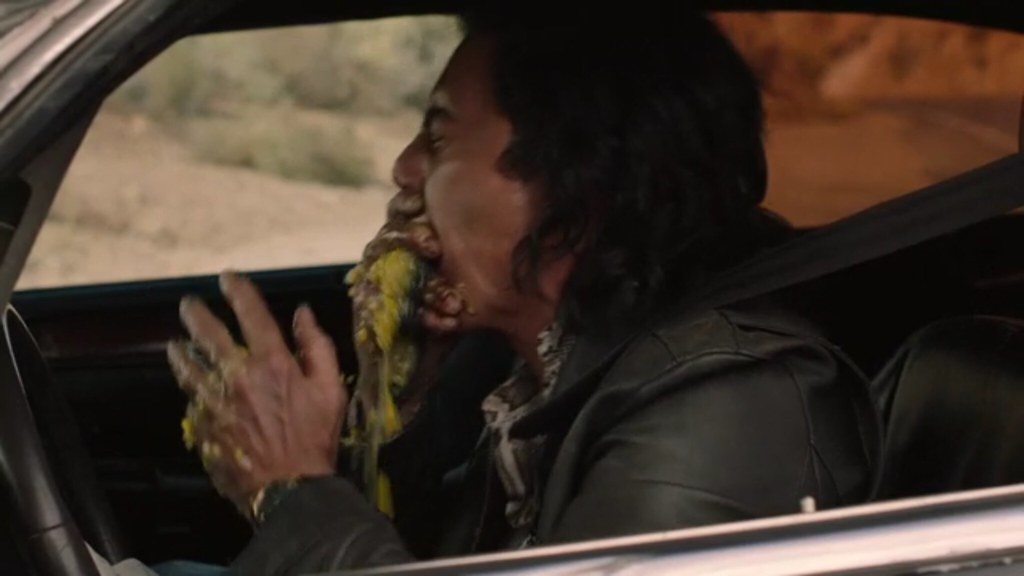
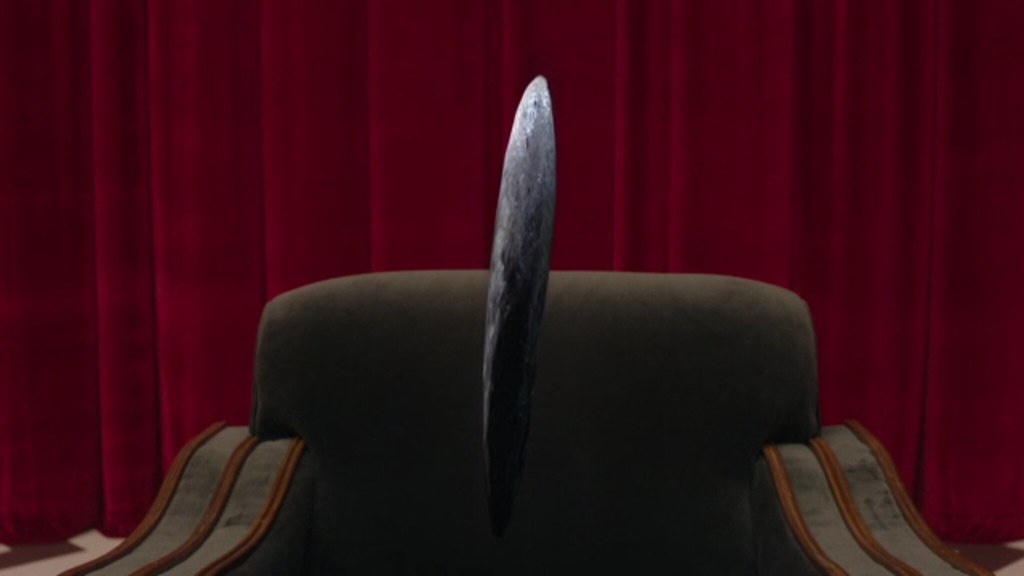

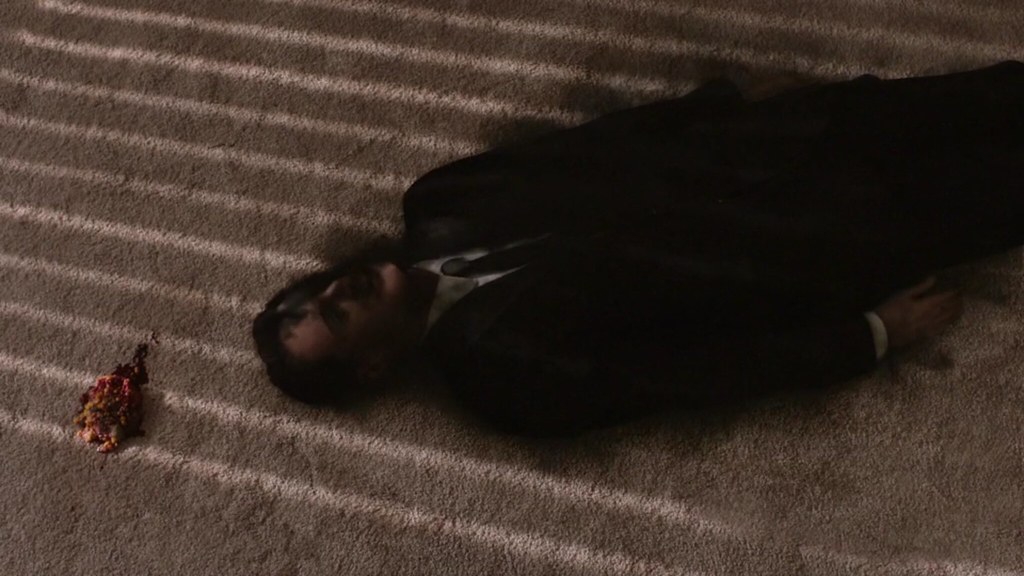
No comments:
Post a Comment